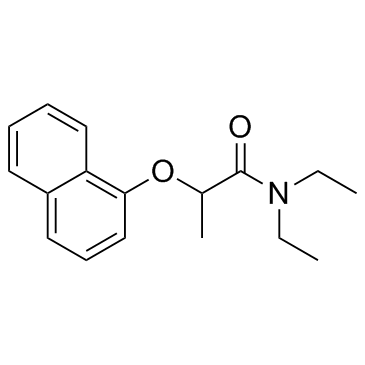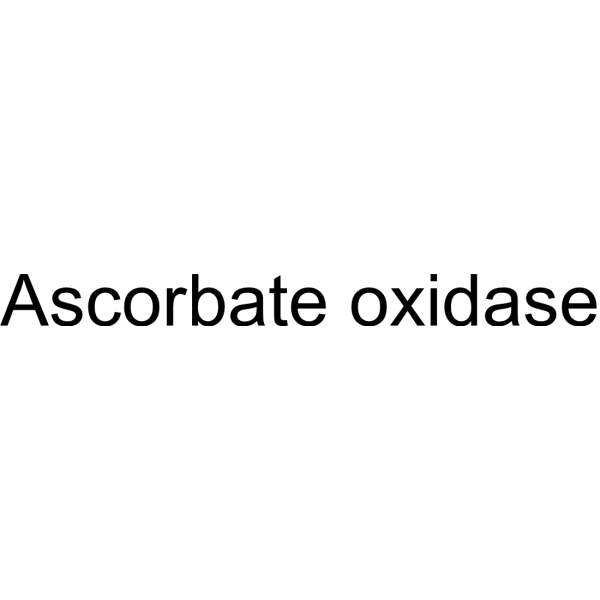| Structure | Name/CAS No. | Articles |
|---|---|---|
 |
Napropamide
CAS:15299-99-7 |
|
 |
Ascorbate oxidase
CAS:9029-44-1 |